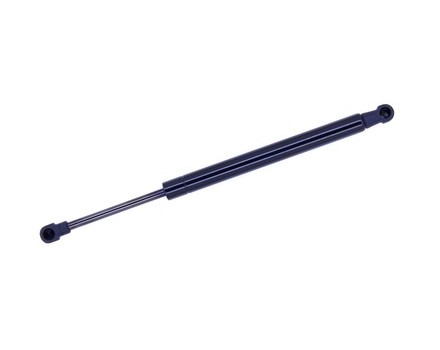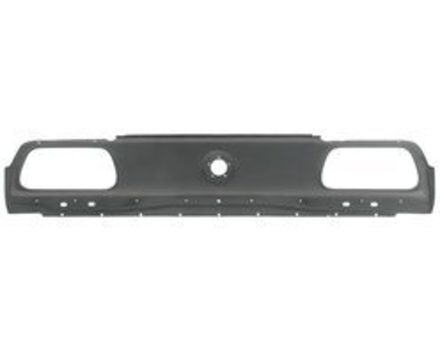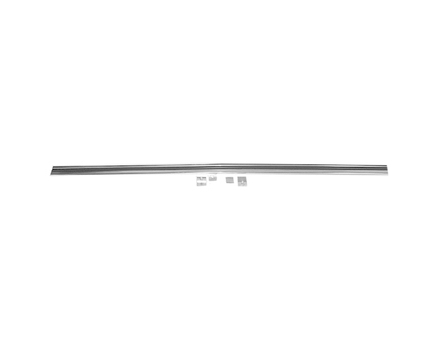Rear Body
Filter Options
Important: To get started, click the blue "Filter Options" button to select your vehicle and then use the filters to narrow your options.
Important: To get started, select your vehicle on the left and then use the filters to narrow your options.
What is a rear body?
A rear body is a set of parts that make up the rear of a vehicle, usually including the tailgate, rear bumper, and trunk.
What is the purpose of a rear body?
The purpose of a rear body is to provide structural protection to the rear of the vehicle from damage from impact, corrosion, and weathering. It also helps to improve the aerodynamics of the vehicle.
How can I tell if my rear body is faulty?
You can inspect your rear body for signs of corrosion, rust, dents, or other damage. You can also check for any loose or missing parts, such as the tailgate or bumper.
Can a faulty rear body cause damage?
Yes, a faulty rear body can cause damage to your vehicle and other vehicles in the event of an accident. In addition, a faulty rear body can lead to increased drag and decreased fuel efficiency.
How do I replace a rear body?
Replacing a rear body is a complex process and is best done by a qualified mechanic. Here are the steps for replacing a rear body:
- Remove all of the parts from the rear of the vehicle, including the tailgate, rear bumper, and trunk.
- Install the new rear body parts, making sure that they are securely fastened.
- Reattach all of the parts to the rear of the vehicle.
- Test the rear body to ensure that it is functioning properly.
How often should I inspect my rear body?
It is recommended that you inspect your rear body every 6 months or 10,000 miles, whichever comes first. This will help to ensure that your rear body is in good condition and will reduce the risk of damage or malfunction.





